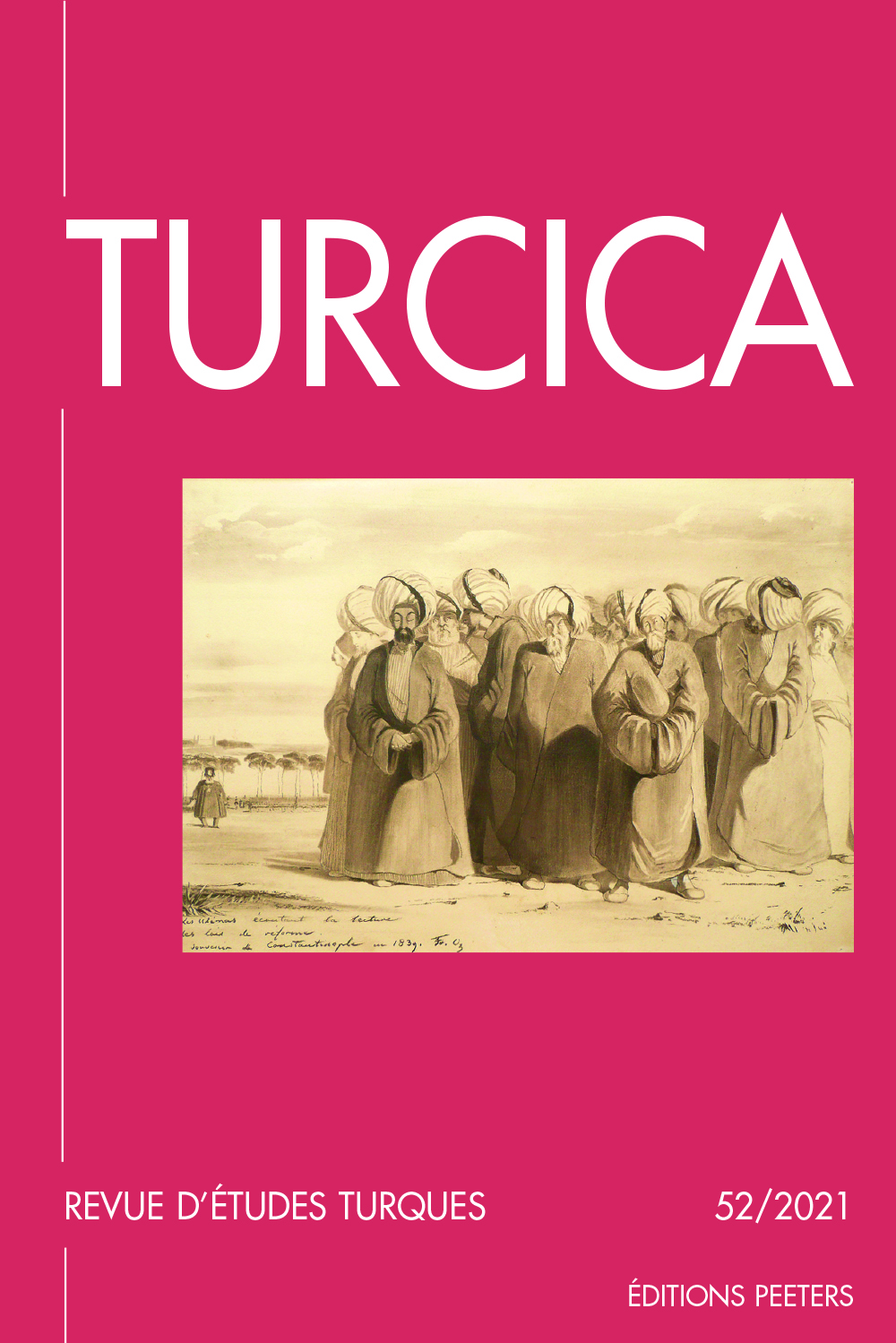 previous article in this issue previous article in this issue | next article in this issue  |

Preview first page |
Document Details : Title: La tente du prince et le campement des armées à l'époque ayyoubide Author(s): MOUTON, Jean-Michel Journal: Turcica Volume: 41 Date: 2009 Pages: 183-198 DOI: 10.2143/TURC.41.0.2049292 Abstract : La tente du sultan ou dihlīz est le symbole, à l’époque ayyoubide (1174-1260), du nouveau pouvoir, nomade et militaire, qui domine le Proche-Orient et rompt avec la tradition califale d’un pouvoir palatial et statique. Cette étude s’attache à présenter cette résidence du souverain en campagne, devenue un insigne de pouvoir et un élément essentiel du cérémonial tout en étant le lieu privilégié où s’exerce le pouvoir militaire au même titre que les citadelles. Les différents éléments constituant la tente, la nature des matériaux utilisés dans sa confection ainsi que le mobilier qu’elle renferme sont ainsi présentés. L’emplacement occupé par la tente sultanienne au sein du campement est aussi stratégique: il doit souligner la place centrale du sultan dans la hiérarchie militaire tout en défiant l’ennemi par sa position et sa couleur. La tente souveraine a enfin, à cette époque particulièrement, une fonction symbolique marquant, même en l’absence du prince, la souveraineté de celui-ci sur les territoires qu’elle parcourt, préfigurant, dans un domaine plus séculier, le maḥmal envoyé à la Mekke par les sultans mamelouks à partir de la seconde moitié du XIIIe siècle. The tent of the sultan or dihlÇz, in Ayyubid era (1174-1260), is a symbol of the new power, nomad and military, which dominates the Near East and breaks up with the califal tradition of a palatial and static power. This study attempts to present the residence of the sovereign on the move in campaigns, as an illustration of power and an essential part of the ceremonial, while it is the privileged site where military power is exercised, much as citadels. The various components of the tent, the materials used in its manufacture and the furniture it contains are presented. The site occupied by the tent of the sultan in the camp is also strategic: it should emphasize the centrality of the Sultan in the military hierarchy, while defying the enemy by both its position and color. Finally, the sovereign tent has at this particular time, a symbolic function∞: even in the absence of the prince, his sovereignty on the territories it traverses is asserted; it further announces, though in a more secular way, the maḥmal sent to Mecca by the Mameluke sultans starting from the second half of the thirteenth century. |
 |


